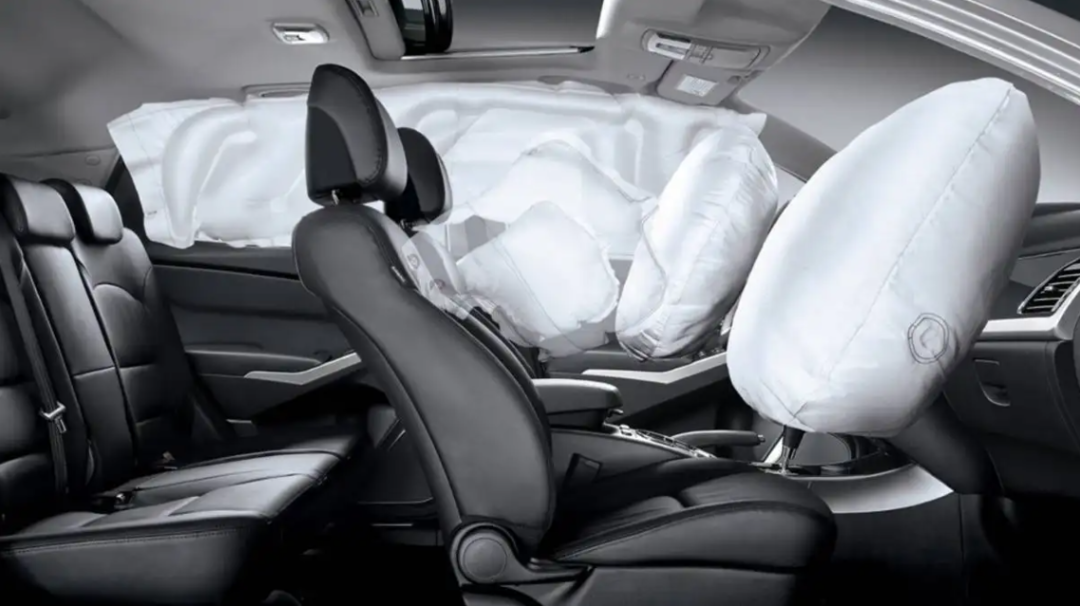Author: Dayan, Michelin
Recently, people are particularly sensitive to the word “de-contenting”.
This time, a blogger published a video showing that the collision sensor in the BMW front did not trigger the airbag, which caused a lot of attention. For a moment, there were speculations about “whether it has been de-contented again?” and “can this airbag still detonate in the event of an accident?”.
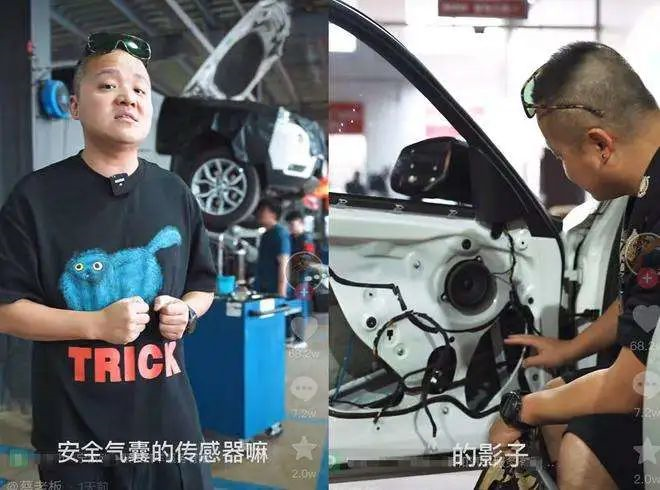
However, GeekCar is puzzled: it is common to see cost-cutting, but it is rare to see that someone has tampered with the last line of defense of safety, such as airbags.
So it is inevitable to ask: Is this really a case of different treatment for different brands?
How is your airbag triggered?
Before discussing whether a collision sensor without a sensor is considered “de-contenting”, let’s first take a look at how airbags are triggered.
As the last line of defense to protect the occupants of the car after a severe collision, there are mainly two types of sensors that trigger the airbag: collision sensors and acceleration sensors. This exactly verifies the scenarios in which airbags work: a severe collision occurs, and there is a significant speed difference after the collision. “Severe collision” + “high speed“, both are indispensable.
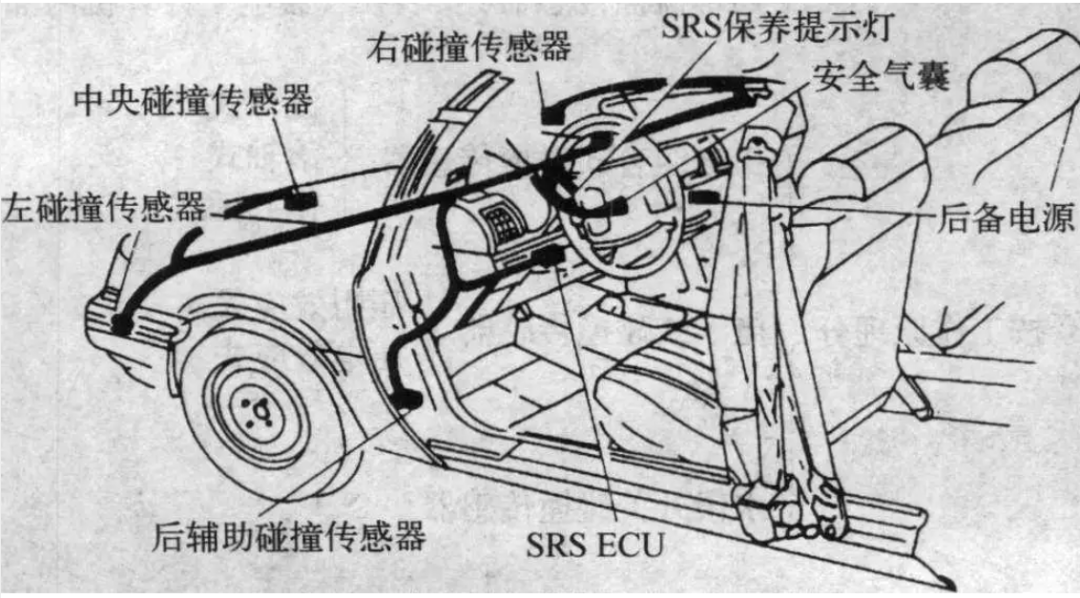
The collision sensor is generally arranged inside the front of the car and the inner side of the door fender. Once an external force directly hits the detection range of the collision sensor, the collision signal will be transmitted to the airbag controller (ECU module). When the relevant preset conditions are met, the airbag will be triggered to pop out and provide protection for the occupants in the car.
The main advantage of installing collision sensors is that they can react relatively quickly and directly capture collision information. However, there are two problems with collision sensors: On the one hand, the range that the collision sensor can perceive is relatively limited. For severe collisions that occur outside the range covered by the collision sensor, it is actually impossible to trigger the airbag; on the other hand, when the vehicle is driving at high speed, if only a very small impact force hits the collision sensor head-on, it is very likely to mistakenly trigger the airbag.
Airbags are also like double-edged swords. The impact force generated by the instantaneous inflation of airbags is about 180kg. In a high-speed violent collision, these energies will offset the external collision force and protect the occupants. However, in the case of low-speed or minor collisions, triggering the airbag will cause this 180kg force to fall directly on the driver and the front-seat passenger.
 Therefore, to avoid the risk of accidental triggering caused by collision sensors, using an acceleration sensor to trigger the airbag has become a more common method.
Therefore, to avoid the risk of accidental triggering caused by collision sensors, using an acceleration sensor to trigger the airbag has become a more common method.
The acceleration sensor, based on Newton’s second law, calculates the force of impact on a vehicle by multiplying the overall vehicle mass. In other words, the higher the acceleration, the greater the external force impacting the entire vehicle. When a certain threshold value is reached, it will trigger the airbag.
BMW had already adopted an integrated acceleration sensor in the ICM to trigger the airbag in China as early as 2013, to avoid injuries caused by airbag malfunctions in minor rear-end collisions. Not only BMW, some Volkswagen models also abandoned the collision sensor and adopted the integrated acceleration sensor.
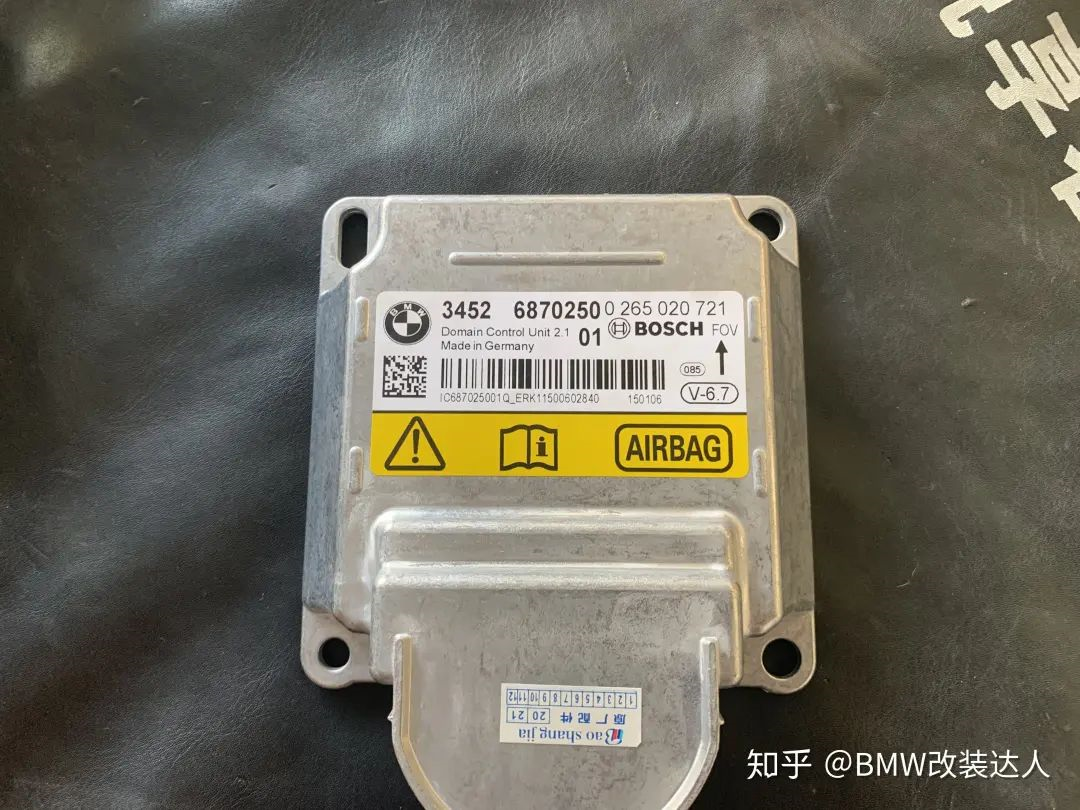
To avoid sensor failure, multiple displacement acceleration sensors are usually arranged in the car, such as the acceleration sensor located on the B-pillar mentioned at the beginning, and the collision protection acceleration sensor that Cai Boss could not find after dismantling the car door and was integrated in the airbag control module under the center console, etc.
Although it has become a common joke online recently that “if it’s not mentioned, it’s a zero,” the logic that “if you don’t see the sensor, it doesn’t exist” is really hard to understand.
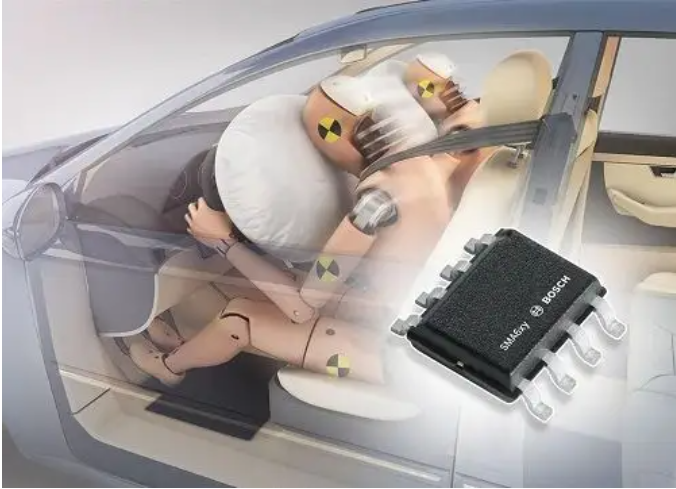
As for whether “acceleration sensors may have delayed reactions,” is reasonable or not?
After the ID.4 double dummy side pillar collision test at the end of last year, First Automotive Works Volkswagen explained the working principle of the airbag, which we can refer to: the acceleration sensor located in the airbag control unit identifies a frontal collision in about 10-30 milliseconds and a side collision in 10 milliseconds.
It is unknown where the conclusion that “the acceleration sensor has a delayed reaction” comes from given such a short collision recognition time.
Is BMW really bullying Chinese people?
In this video, another point that touches everyone is: the American version of BMW has a collision sensor installed on the front of the car, while the Chinese version does not. Is this treating customers differently? Why is the Chinese version not equipped with both collision and acceleration sensors?This brings up the different regulatory requirements for airbag sensors in different regions. According to US regulations, airbags must be equipped with collision sensors, but currently there is no mandatory requirement in domestic regulations. Not only in China, but also in BMW’s “homeland” Europe, there is no such requirement for regulations, and there are only acceleration sensors but no collision sensors. So if Mr. Cai dismantles another European version of BMW, he may find that more than just the Chinese market is being “discriminated against”.
As for whether it is reasonable to allow the cancellation of collision sensors in domestic regulations, I think countless collision tests and regulatory experts may have more say on this than I do or Mr. Cai who questioned BMW’s downgrade.
Is it necessary to arrange both acceleration sensors and collision sensors in China? This depends on whether the deployment of two types of sensors brings in double protection or increases the risk of being mis-triggered. After all, the high probability of collision sensor mis-triggers is a recognized fact. Moreover, whether the deployment of two types of sensor hardware can bring safe redundancy is unknown, but the increase in cost is evident, and these costs ultimately fall on end consumers.
As previously mentioned in the article “Don’t Hurry to Pay for Lidar”, adding a few sensors or even using sensors as gimmicks is not difficult for car companies. But for us as consumers, is this kind of upgrade really necessary?
Is it necessary to downgrade airbag sensors?
For the “big thing” that is a car, any downgrade or product defect that occurs on it is of concern, not to mention the safety airbag that directly affects the last line of defense. Therefore, some people are curious whether car companies will intentionally cut corners in the design of safety airbags.
Car companies have no shortage of cautionary tales. There was the Ford Pinto incident, and more recently the Volkswagen “emissions scandal”. They have also paid a corresponding price. Take the Volkswagen “emissions scandal” as an example. In the end, high-level executives were imprisoned, and the hefty fines and global prosecutions made Volkswagen exhausted.

Downgrading safety airbags undoubtedly carries greater risks than the “emissions scandal”, after all, compared to exhaust emissions, safety airbags directly affect users’ life safety in the event of a traffic accident. Calcualting the material cost saved by cutting corners on a few airbag sensors versus risking sky-high fines, endless civil and criminal litigation, it’s really not worth it.
A car has tens of thousands of parts and there are countless reasonable ways to control costs, but I don’t think anyone would choose to cut corners on safety, because this directly affects everyone’s life.
Final thoughtsSince 2013, BMW has cancelled collision sensors in China and European markets, relying on acceleration sensors for nearly a decade. This decision was not due to chip shortages, and passed C-NCAP and various collision tests over nine years. Perhaps BMW never thought that integrating airbag sensors would be challenged due to a video showing a lack of collision sensors during a dismantling process.
In the future, as intelligent cars become more integrated, sensors will become more “invisible,” which will only increase instead of decrease. It is not responsible to doubt every “invisible” component by reducing its quality to save costs.
As the domestic auto market becomes increasingly hot, Chinese consumers hope to be treated equally in terms of configuration, performance, quality, and even price. However, this should not become a “traffic password” for some bloggers, who irresponsibly question “domestic component reduction” and “discrimination,” just to attract attention from netizens and finally shift the responsibility to automakers. What happened to “Chinese people don’t deceive other Chinese”?
In this era when everyone can be a broadcaster, the Internet and short videos provide consumers with a platform to voice their opinions, and give them greater opportunities to defend their rights and raise reasonable questions. However, when it becomes a tool for some people to grab traffic, how can they seek help when they really need to protect their rights?
This article is a translation by ChatGPT of a Chinese report from 42HOW. If you have any questions about it, please email bd@42how.com.
